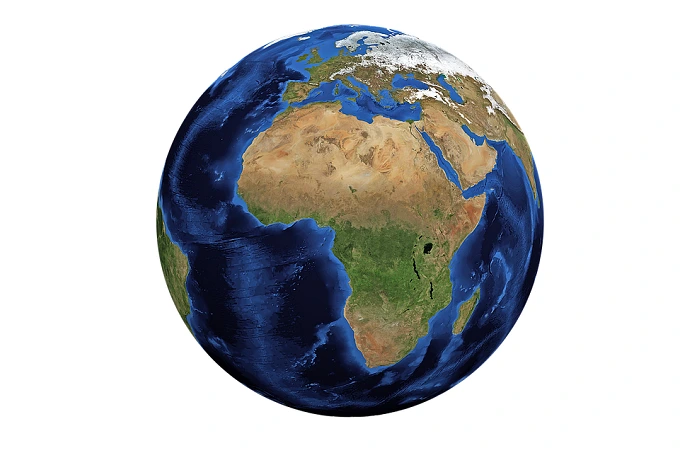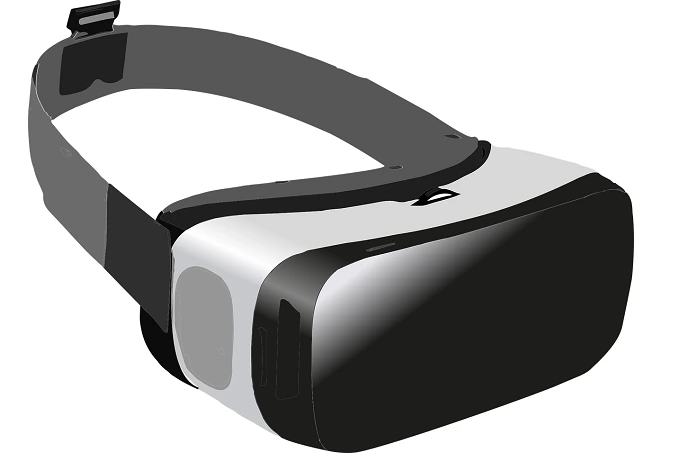In 50 years, what will the world be like

The world we live in is constantly evolving, and things commonplace ten years ago, such as phones with push-button interfaces, now appear archaic. And because the pace of events is continually picking up speed, the time it takes for something to become “obsolete” or subject to a cardinal change is getting noticeably shorter with each passing year.
Predicting the world’s future in the next 50 years is difficult. It is possible to predict what the world will be like in the second half of the 21st century if one focuses on current progress and the direction in which it is moving. At the very least, one can make an approximation.
Most people will dedicate all of their spare time to participating in virtual reality

Because of the high cost involved, virtual reality is still in its early stages of adoption. However, in the not too distant future, when technology such as that seen in the movie ” Ready Player One ” as well as power, graphics, and capabilities, will continue to advance, virtual reality will not only become a space for recreation for the majority of people, but it will most likely replace the majority of the real world as well. People will conduct business in VR, form new friendships and romantic relationships within it, and spend almost all of their time there.
Purchasing a car will be more difficult
The widespread availability of automobiles presents a significant challenge for those living in large urban areas. Even if a person possesses the financial resources necessary to buy a car outright, it is possible that one day in the not too distant future, when the situation will be even direr, it will be possible to legislate the prohibition of such a practice. The only way to acquire a vehicle would be first to secure a spot on the waiting list, which could be done through a lottery, for instance.
The majority of humanity will live in a few major metropolitan areas

The majority of the world’s population is currently relocating to urban areas, with many people leaving rural areas to settle in numerous major cities. As a result, life in megacities is becoming increasingly challenging due to the rise in the number of people per square kilometre and the consequent rise in the amount of competition.
It is not out of the question that future cities will look very much like those portrayed in the film Judge Dredd, which was released in 2012, complete with enormous apartment complexes where hundreds of thousands of people live a miserable existence in a relatively small area. On the other hand, if such circumstances were combined with virtual reality, humanity would have no reason to complain.
The majority of the food will be made out of substitutes
It is not complicated: the population is expanding, there is less land that can be farmed, and it is essential to consume food daily, preferably multiple times. The only way to provide sufficient nutrition for billions of people is to substitute natural foods with either artificial foods or additives that can be manufactured more quickly and at a lower cost.
Due to both political and natural factors, some countries will eventually become extinct
Wars fought over the redistribution of spheres of influence continue, even though we live in a digital world with virtually no borders between different peoples. Not only is it doubtful that they will be resolved soon, but the impending financial and humanitarian disasters that are a consequence of how the world is currently organized are only going to make the situation worse.
In addition to this, mother nature might also step in. If the water level in the oceans around the world were to rise by even a few tens of centimetres, it would be enough to redraw the map of the world completely.
Nature’s manifestations will frighten us
In many ways, humankind has a sizeable and significant influence on nature. And it is responding proportionally to what has been done. The frequency with which massive forest fires break out is growing, and many hurricanes are making landfall along the coasts of various countries. Droughts, shifting currents that have existed virtually unchanged for thousands of years, rising temperatures that cause air masses to collide, and a whole host of other problems are all being brought on by climate change.
Many diseases can be forgotten

People used to be terrified of smallpox not too long ago, and it wasn’t until 1980 that vaccinations made it possible to wipe out the disease completely. The identical thing might take place with different diseases. We are not suggesting that humanity learn how to prevent and cure cancer, diabetes, and other terrible diseases in just half a century. Still, less serious ones like arthritis, stomach ulcers, and other conditions of a similar nature could become a thing of the past.
The majority of spheres are going to be taken over by automation
Numerous domains have already begun the process of automating previously manual tasks. And it’s not just about the production of cars, for example; it also applies to the occupations where only humans, like sales managers, appear to be able to handle the complexities involved. And this is taking place when artificial intelligence is still in its infancy and cannot deal with many tasks, while people can complete these tasks with relatively little effort. It isn’t easy to speculate what will occur once artificial intelligence has developed, at least to the level of human capabilities.
On Mars and the Moon, robotic construction workers will construct bases

This may have seemed like an improbable fantasy in the past, but in today’s world, it’s getting closer and closer to becoming a reality. Who is stopping us from sending more robot collectors to Mars and beginning to prepare bases for the arrival of the first colonists if the rover Perseverance on Mars and its drone module can remotely perform the tasks of scientists on Earth? It is possible that in the next 50 years, new types of engines that are currently being developed will make it much cheaper to deliver cargo into orbit. This would make it possible for humanity to finally realize its long-held dream of establishing colonies on other planets.
The human race will eventually discover evidence of life on other planets in the solar system
The existence of life on Europa, a satellite of Jupiter, and other celestial objects have been a mystery to scientists for a very long time. According to measurements, vast oceans are located beneath the thick icy crust of Europa. In the year 2025, if everything goes according to plan, an automated interplanetary station called the Jupiter Icy Moon Explorer will be launched to investigate whether or not any of Jupiter’s moons contain oceans of liquid water.
After some time has passed, the researchers intend to construct a station that will eventually land on the surface of Europa, drill a shaft in the ice, and launch an underwater vehicle there. And who knows what we might come across when we get there. It is not out of the question that by the end of the 21st century, we will finally discover evidence of life existing beyond Earth.




